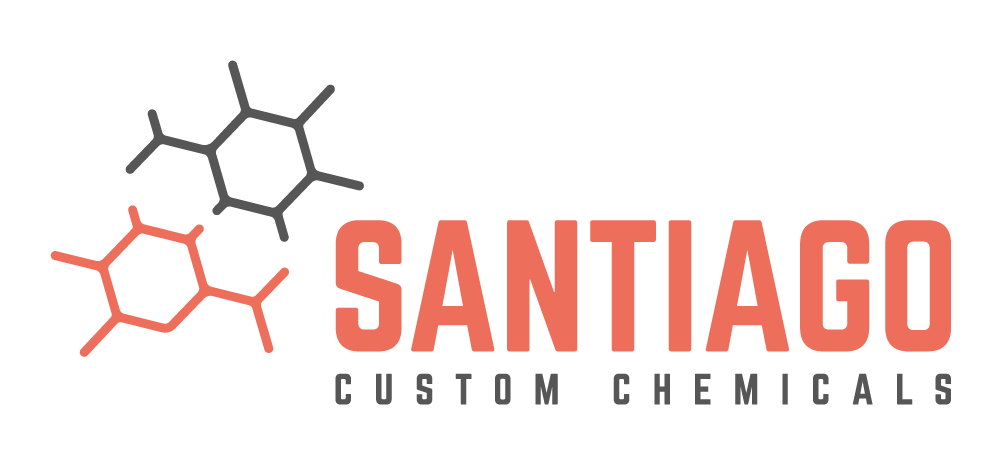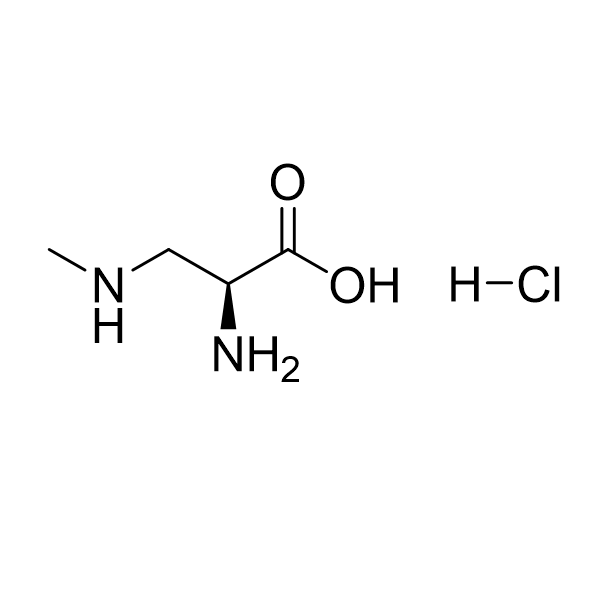- No products in the cart.
L-BMAA hydrochloride- CAS 16012-55-8
€1500 – €2600
L-BMAA hydrochloride is distributed by Santiago Lab.
Purity (LC-MS)
95 %
Package contents
L-BMAA hydrochloride
This compound is for research use only. We do not sell to patients.
| Size | Availability | Price | Quantity |
|---|---|---|---|
| 1 g | In stock |
€1500 | |
| 5 g | In stock |
€2600 |
L-BMAA hydrochloride
Characterization
CAS: 16012-55-8
IUPAC Name: S(+)-2-Amino-3-(methylamino)propionic acid hydrochloride
Other Names: β-Methylamino-L-alanine, L-BMAA hydrochloride, BMAA
Molecular weight: 154.60 g/mol
Molecular formula: C4H10N2O2 · HCl
Optical activity: [α]20/D +23.2 °, c = 1 M in 6 M HCl
β-Methylamino-L-alanine/L-BMAA, is a non-proteinogenic amino acid produced by cyanobacteria.
BMAA is a neurotoxin and its potential role in various neurodegenerative disorders (such as amyotrophic lateral sclerosis-Parkinsonism-dementia complex of Guam, Guam ALS-PD) is the subject of scientific research. BMAA can cross the blood–brain barrier in rats. It takes longer to get into the brain than into other organs, but once there, it is trapped in proteins, forming a reservoir for slow release over time.
A study performed in 2015 with Vervet monkeys (Chlorocebus sabaeus) in St. Kitts, which are homozygous for the apoE4 gene (a condition which in humans is a risk factor for Alzheimer’s disease), found that vervets that were administered BMAA orally developed hallmark histopathology features of Alzheimer’s disease, including amyloid beta plaques and neurofibrillary tangle accumulation.
This product is distributed by Santiago Lab.
Chemicals are distributed worldwide
Buy L-BMAA hydrochloride now, get your order in 48 hours
- Shipping through DHL in 48 hours
- All compounds are safely and rigorously packed
Payment
- We are sending the invoice the same day as the shipment
- We are able to modify the invoice for the academic institution, so the order can be paid from grants



